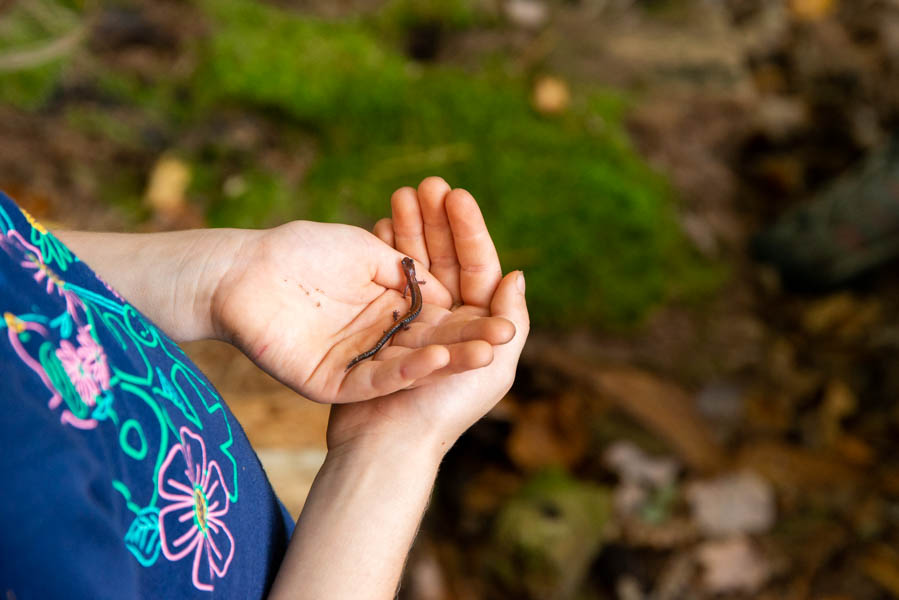
New! Plants and Animals in the Schoolyard
Grade levels: K, 1, 2, 3, 4
Cost: $195 + travel per classroom
Duration: 45 minutes
Students will explore the diversity of life on their school grounds by observing, collecting and recording data. The focus will be on animal and plant structures and their functions. How does their biology and behaviour help them to survive in their habitat?
We are all aware that outdoors is safer during a pandemic. But outdoor learning is also known to reduce anxiety and increase focus in children, as well as increasing their interest in the environment. This in-person schoolyard field trip gives you and your students the opportunity to deepen understanding of science concepts while immersing you in an authentic connection to your own place. This field trip will incorporate STEM practices through hands-on explorations. The outdoor classroom awaits!
Standards for Plants and Animals in the Schoolyard
Kindergarten: Life Science
LS1. From Molecules to Organisms: Structures and Processes
K-LS1-1. Observe and communicate that animals (including humans) and plants need food, water, and air to survive. Animals get food from plants or other animals. Plants make their own food and need light to live and grow.
K-LS1-2(MA). Recognize that all plants and animals grow and change over time.
Grade 1: Life Science
LS1. From Molecules to Organisms: Structures and Processes
1-LS1-1. Use evidence to explain that (a) different animals use their body parts and senses in different ways to see, hear, grasp objects, protect themselves, move from place to place, and seek, find, and take in food, water, and air, and (b) plants have roots, stems, leaves, flowers, and fruits that are used to take in water, air, and other nutrients, and produce food for the plant.
LS3. Heredity: Inheritance and Variation of Traits
1-LS3-1. Use information from observations (first-hand and from media) to identify similarities and differences among individual plants or animals of the same kind.
Grade 2: Life Science
LS4. Biological Evolution: Unity and Diversity
2-LS4-1. Use texts, media, or local environments to observe and compare (a) different kinds of living things in an area, and (b) differences in the kinds of living things living in different types of areas.
Grade 3: Life Science
LS1. From Molecules to Organisms: Structures and Processes
3-LS1-1. Use simple graphical representations to show that different types of organisms have unique and diverse life cycles. Describe that all organisms have birth, growth, reproduction, and death in common but there are a variety of ways in which these happen.
LS3. Heredity: Inheritance and Variation of Traits
3-LS3-1. Provide evidence, including through the analysis of data, that plants and animals have traits inherited from parents and that variation of these traits exist in a group of similar organisms.
3-LS3-2. Distinguish between inherited characteristics and those characteristics that result from a direct interaction with the environment. Give examples of characteristics of living organisms that are influenced by both inheritance and the environment.
3-LS4-2. Use evidence to construct an explanation for how the variations in characteristics among individuals within the same species may provide advantages to these individuals in their survival and reproduction.
3-LS4-3. Construct an argument with evidence that in a particular environment some organisms can survive well, some survive less well, and some cannot survive.
Grade 4: Life Science
LS1. From Molecules to Organisms: Structures and Processes
4-LS1-1. Construct an argument that animals and plants have internal and external structures that support their survival, growth, behavior, and reproduction.



